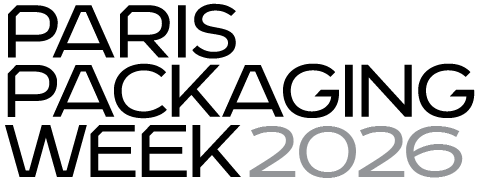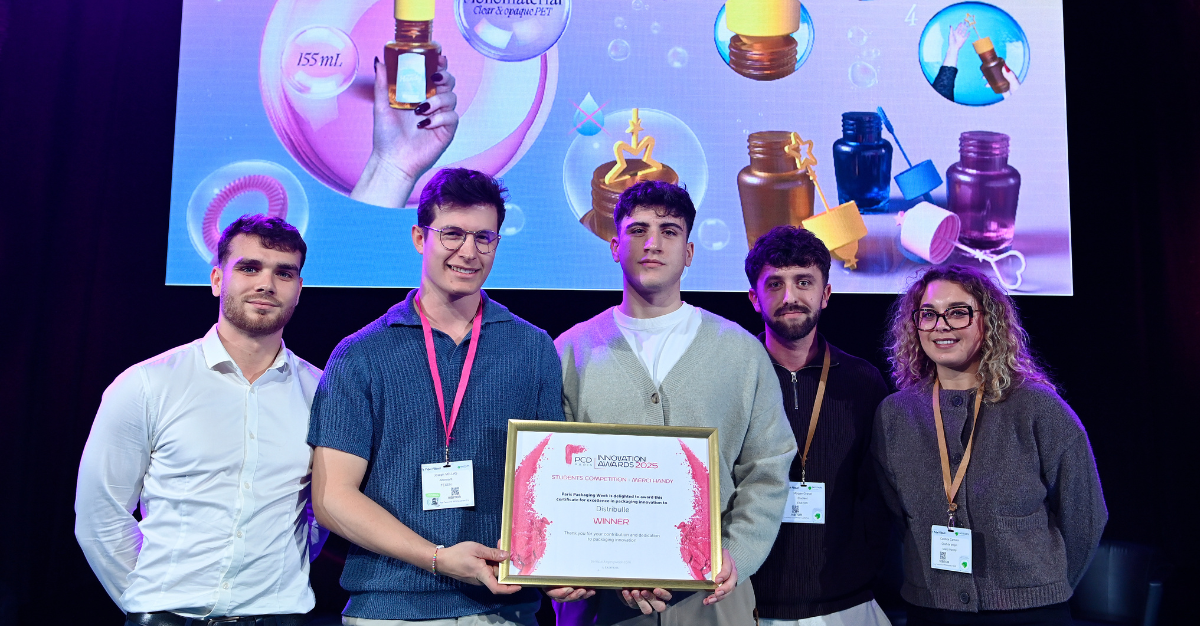Interview | “We’re facing a labyrinth of complex regulations,” Peyam Mirnejad, Albéa
An expert in regulatory compliance and product safety for Albéa, Peyam Mirnejad is part of the “Future Leaders class of 2025,” as identified by Paris Packaging Week.
Can you introduce your role and experience in the packaging industry?
Peyam Mirnejad – I come from a scientific background, with a university education in biology and environmental toxicology, later specializing in industrial risk management. From the beginning of my studies, I was drawn to the practical applications of biology in industrial processes, especially understanding how chemical toxicity impacts the environment.
For the past two years, I’ve been working in the packaging industry, which has deepened my appreciation for the critical role of understanding raw materials. Joining Albéa has been an incredible opportunity to contribute to an area of work that is vital for shaping the future of packaging.
What inspired you to pursue a career in the packaging industry?
Peyam Mirnejad – My focus is on ensuring the sanitary safety of packaging, which I believe is essential to advancing a circular economy in the sector. Regulations, though sometimes challenging, are powerful tools for achieving this vision. Every raw material (re)used in packaging must undergo thorough scrutiny to meet these regulatory standards, which are key to making circularity a reality.
What is one of the biggest challenges you’ve faced as a young leader in the packaging industry?
Peyam Mirnejad – One of the biggest challenges in my role is navigating and communicating the complexities of regulations—understanding how they apply and which raw materials they address. Regulatory compliance involves close collaboration with production sites and suppliers to ensure the final packaging meets all standards.
Another crucial aspect is integrating these requirements early in the project lifecycle. Project teams often focus on the practical and aesthetic aspects of packaging without fully considering the regulatory implications. My job is to explain these requirements, embed compliance into the process from the start, and prevent delays later.
The cosmetics packaging industry, in particular, faces a labyrinth of complex regulations. For example, a single raw material from one supplier might need to meet up to 20 regulatory criteria, covering hundreds of chemical substances. And the demands are growing, with new regulations like the Packaging and Packaging Waste Regulation (PPWR) and the Ecodesign for Sustainable Product Regulation (ESPR) coming into play.
If you could change one thing about the packaging industry, what would it be and why?
Peyam Mirnejad – If I could change one thing, it would be to focus more innovation on improving recycling processes. Circularity is the key to a sustainable future for plastics, and enhancing recycling rates and the quality of recycled materials would be a huge leap forward. This also ties into having full traceability of raw materials throughout the supply chain, ensuring they can be effectively sorted and recycled.
How do you see the role of future leaders like yourself in shaping the direction of the industry?
Peyam Mirnejad – I see our role as creating a positive impact that extends beyond daily tasks. Future leaders need to act as educators, delivering clear and accessible messages while staying realistic about the challenges ahead. When people understand the “why” and the “how” behind changes, meaningful action follows, even if progress is gradual.
Driving change takes time, and it’s not always easy, but every step forward matters.
What advice would you give to young professionals who are just starting their careers in packaging?
Peyam Mirnejad – My advice is to stay curious and open to learning. The packaging industry is constantly evolving, and so are its regulations. Understanding these changes is critical for driving innovation that aligns with compliance. Curiosity will also push you to collaborate across departments and with partners like suppliers and clients. Building these connections is essential for success in an industry that relies on teamwork and an interconnected ecosystem.
Finally, keep in mind that what works today may not meet standards in the future. Staying curious and adaptable is key to navigating this dynamic environment.
You can hear more from Peyam and the other Future Leaders at Paris Packaging Week, held 28 & 29 January 2025 at Paris Expo Porte de Versailles, Paris. Click here to register for your free visitor’s ticket today. |











